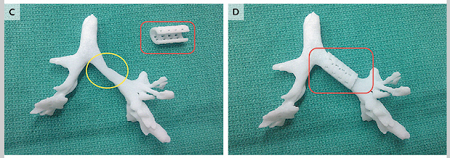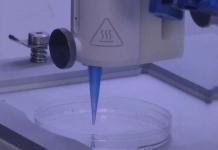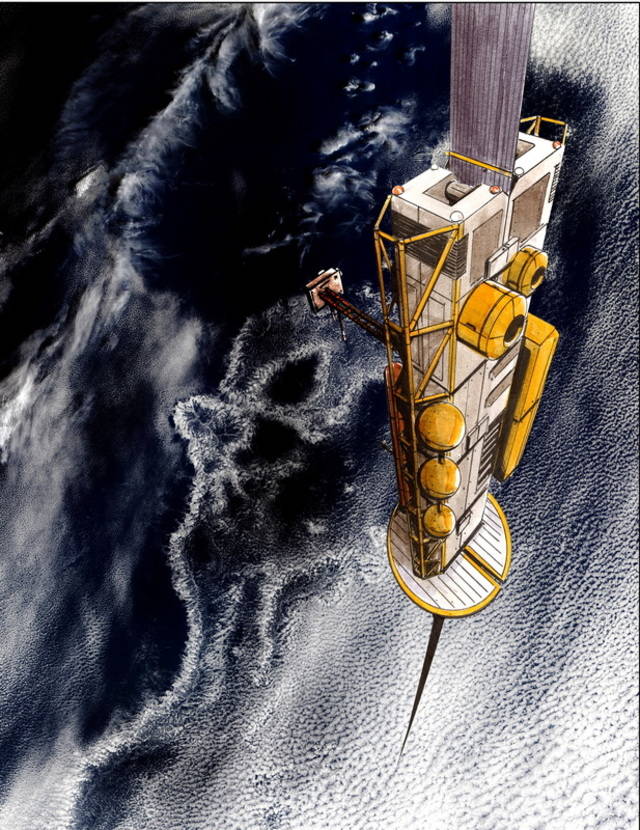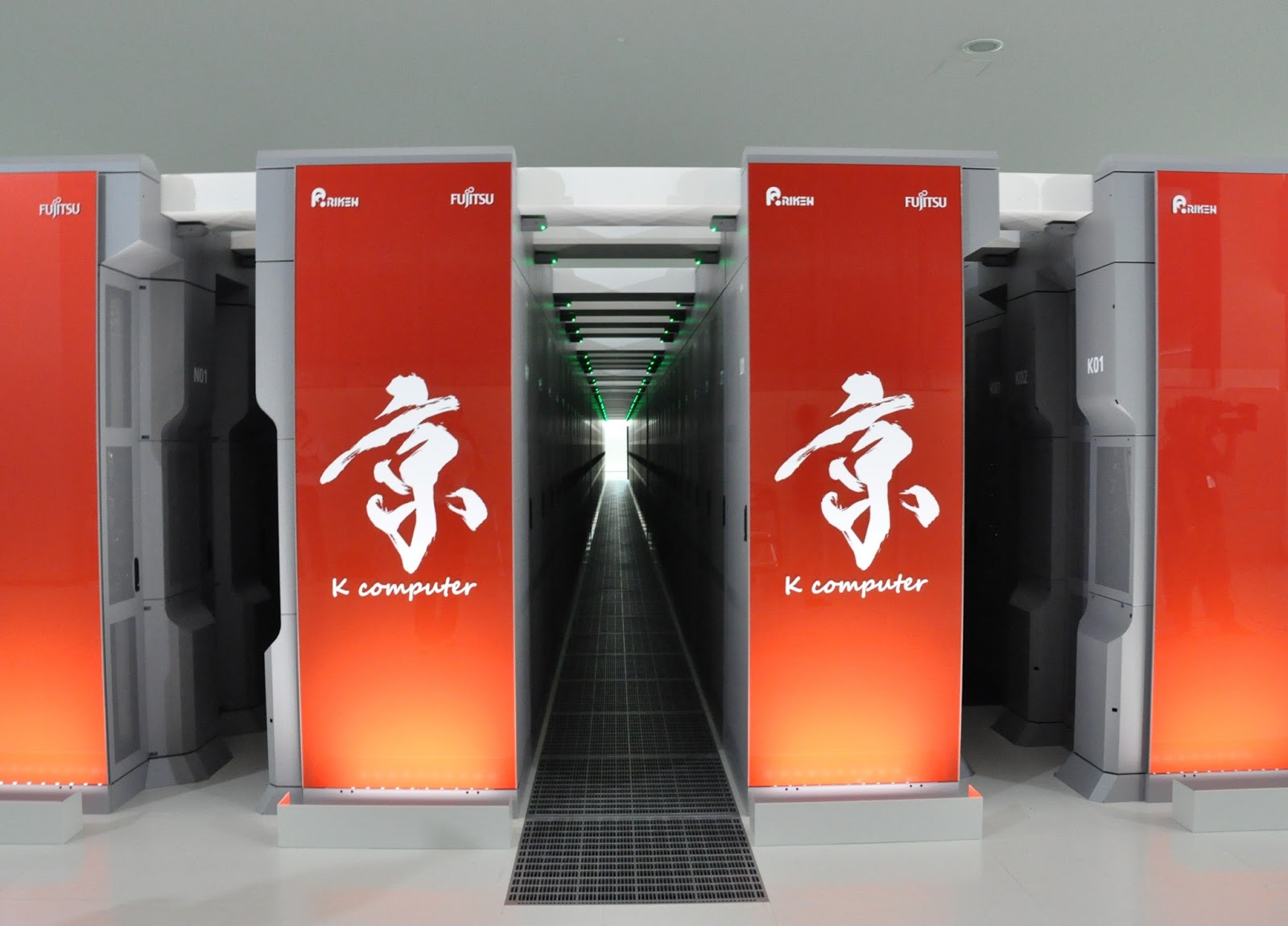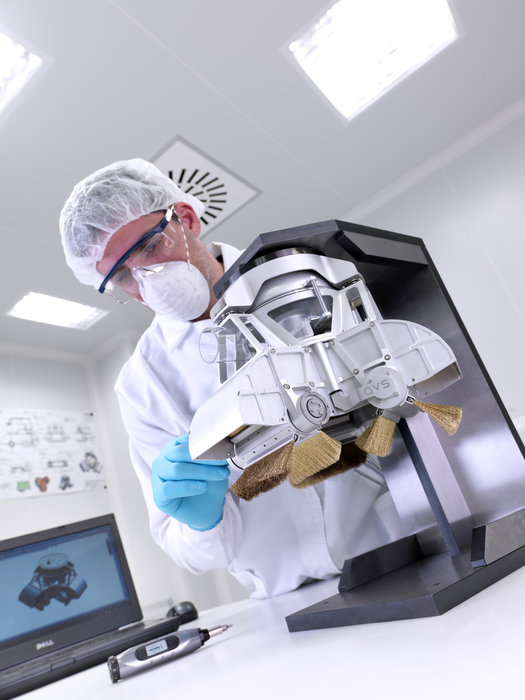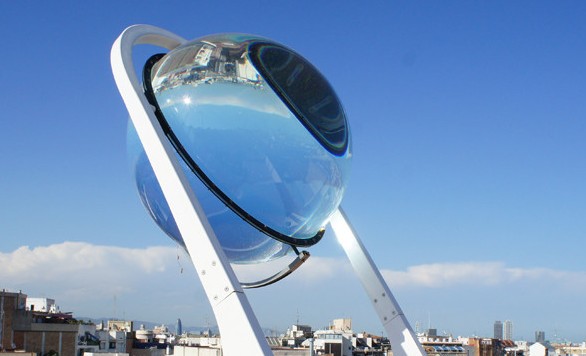Able to do more than just print fast food or weapons, 3D printing has saved the life of an infant with a breathing problem, with a 3D printed a tracheal splint.
3D printing is going through somewhat of a revolution at the moment. The newly introduced technology is making waves as it allows for easier and more efficient mass production of things from clothes, to food and it has even been made to create guns. But one way that this fantastic tech has been changing the world is that it has been recently used to save the life of an infant suffering from a life-threatening disease.
The trachea is one of the main parts of your airways. It’s one of the most important components that connects your mouth to your lungs. Tracheobronchomalacia is a condition that sees sufferers being born with weakened tracheas. This means that those with the disease have to rely on ventilators which can be costly, painful and extremely inconvenient. This discomfort is something that infant Kaiba Gionfriddo knows well as the child was born with the illness.
However, it’s not all misery for the infant as researchers at the University of Michigan offered up a solution for Kaiba’s health woes : 3D printing. Building a 3D printed tracheal splint from polycaprolactone biomaterial, the team custom-made the fitting specifically for Kaiba, who was then operated in order to fit the tiny, live-saving device.
As a result of this fitting, Kaiba was able to be taken off of a ventilator meaning that automated breathing support is no longer needed whatsoever. And what’s more is that because of the materials that make up the splint (which is pictured above in the post), Kaiba won’t even have to undergo another surgery to remove it as in 2-3 years, once the splint has done its job, it will simply be absorbed into the little one’s body.
This isn’t the first time we’ve seen a medical 3D-printing marvel as the tech was recently used to create an entirely new skull for a patient who had lost 75 percent of his cranium.
What this means for the future of 3D-printing is huge and we can only hope to see more quick and easy solutions to health problems created thanks to the tech sometimes in the near future.
Source : New England Journal of Medicine
Read more on walyou, Sturdy 3D Printed Hybrid Car Gets Close to Mass Production, Is 3D Printing the Death of the Working Class?

